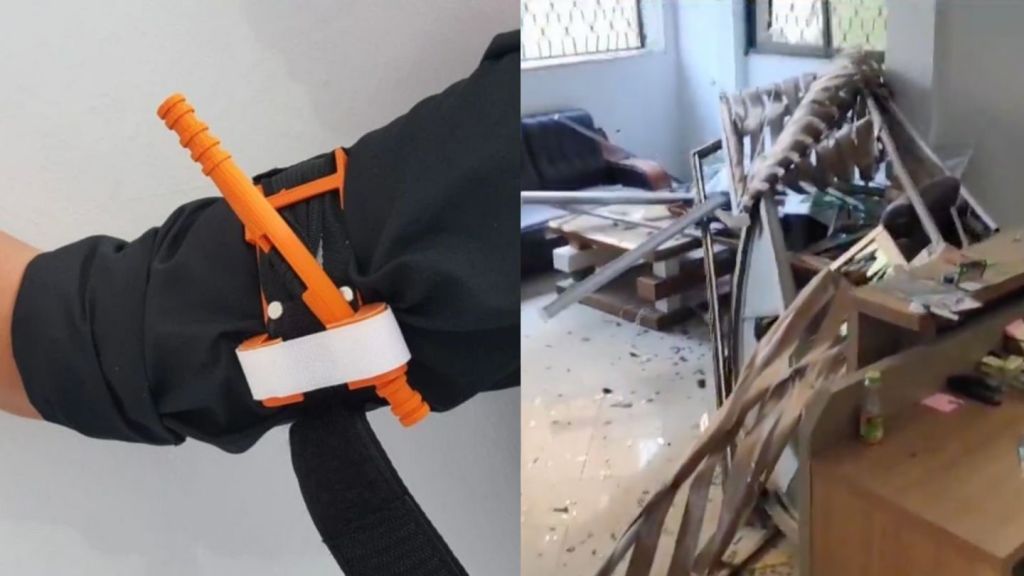Sure, everyone knows that Vegemite can be 3-D printed onto toast—which can then be used to illuminate LED bulbs. And, yes, you can go to a restaurant in London where the food, utensils, and furniture are all 3-D-printed. But did you know that the next apple you buy may have a 3-D printed apple buddy, there to monitor the real fruit’s thermal history and make sure that it is fresh and tasty when you bite into the real thing?
Think of it as a little robot pal—an R2-D2, if you will—for your fruit.
Videos by VICE

Empa, the Swiss Federal Laboratories for Materials Science and Technology, has developed an artificial fruit simulator with the hopes that it will provide a more accurate reading of fruit pulp temperature as fruit makes its way from tree to market. A description of the project appears in the most recent edition of the Journal of Food Engineering.
As we all know, our fruit can travel far and wide before it makes its way into our greedy hands, and a key to maintaining flavor is to transport fruit at a cool temperature. The Swiss researchers say that their new 3-D printed creation monitors fruit temperature more accurately than do current methods.

The developers used a biomimetic approach to engineer a 3-D printed object that looks a helluva lot like a real apple and matches the thermal response of real fruit. The faux fruit has a thin plastic shell encasing a mixture with the requisite thermal properties. Two self-powered data loggers with built-in sensors are also integrated into the Frankenapple.
The researchers tested a prototype by cooling it along with 10 real apples and found that the cooling time of the printed apple was within 5 percent of that of the real fruit—quite an improvement over simulators now in use, which can vary up to 16 percent when compared to real fruit. Plus, the new printed apples can be conveniently packed alongside fresh produce, because they’re basically the same size and shape as the real thing.

The researchers have concluded that the new 3-D printed apples will be “especially of interest for monitoring fruit pulp in pre cooling facilities, cold stores, ripening facilities and refrigerated containers.”
Now, if scientists could only print us our own little 3-D friends—ones who would bring us apples to snack on and make adorable yet incomprehensible sounds while we lounge in their benevolent company— that would be something.




